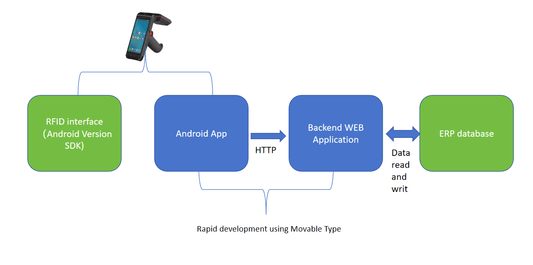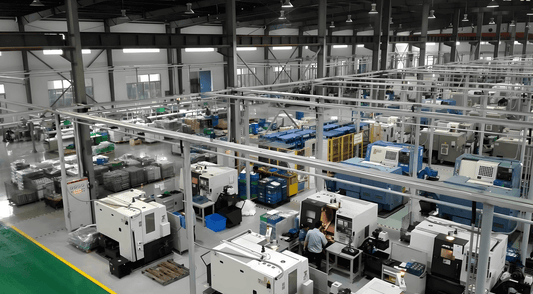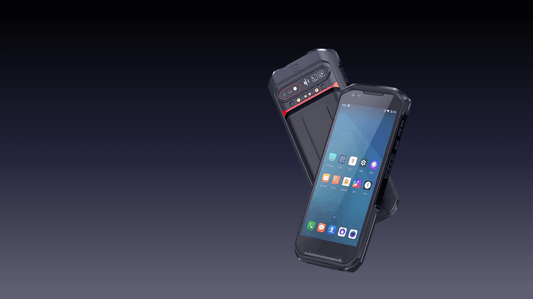Why Commercial Spaces Are Adopting Smart Lighting Switches at Record Rates
Introduction
The commercial real estate and business sectors are undergoing a lighting revolution. Traditional switches are being rapidly replaced by smart lighting controls, driven by the demand for energy efficiency, cost savings, and automation.
According to a 2024 report by MarketsandMarkets, the global smart lighting market is projected to grow at a CAGR of 20.1%, reaching $27.9 billion by 2027. Offices, retail stores, hotels, and warehouses are leading this shift.
But why are businesses adopting smart switches so quickly? This blog explores the key drivers, benefits, and real-world applications behind this trend.
1. Energy Efficiency & Cost Savings
a. Reduced Electricity Bills
-
Smart switches use LED-compatible controls, cutting energy consumption by 30-60% compared to traditional lighting.
-
Features like motion sensors and daylight harvesting ensure lights are only on when needed.
b. Demand Response & Peak Load Management
-
Some smart systems integrate with utility demand-response programs, earning rebates for reducing power during peak hours.
Case Study:
A Chicago office building saved $18,000 annually by installing occupancy-based smart lighting.
2. Automation & Smart Building Integration
a. Scheduling & Remote Control
-
Lights can be programmed to turn on/off at set times (e.g., after business hours).
-
Facility managers control lighting remotely via apps (e.g., turning off forgotten lights).
b. IoT & Smart Ecosystem Compatibility
-
Integrates with BMS (Building Management Systems) and platforms like:
-
Siemens Desigo
-
Honeywell Forge
-
Google Workspace / Microsoft Teams (for meeting room automation)
-
Example:
A Hilton hotel uses smart switches + HVAC integration to adjust lighting and temperature when guests enter/exit rooms.
3. Enhanced User Experience & Productivity
a. Personalized Lighting Settings
-
Employees can adjust brightness & color temperature (e.g., cooler light for focus, warmer for relaxation).
-
Voice control (Amazon Alexa, Google Assistant) in meeting rooms.
b. Circadian Lighting for Wellness
-
Mimics natural daylight to reduce eye strain and improve employee alertness.
-
Hospitals and schools use tunable white lighting to regulate sleep cycles.
Research Insight:
A 2023 study in the Journal of Environmental Psychology found that smart circadian lighting boosted productivity by 12% in offices.
4. Maintenance & Long-Term Reliability
a. Predictive Maintenance Alerts
-
Smart switches monitor bulb lifespan and send alerts before failures.
-
Reduces downtime and maintenance costs.
b. No More Manual Switch Replacements
-
Wireless smart switches (e.g., Zigbee, Z-Wave) eliminate wiring hassles.
-
Over-the-air (OTA) updates keep systems secure and up-to-date.
Pro Tip:
For large facilities, PoE (Power over Ethernet) lighting reduces wiring complexity.
5. Security & Compliance Benefits
a. Automated Lighting for Safety
-
Motion-activated pathways enhance security in parking lots and stairwells.
-
Vacation mode simulates occupancy to deter burglaries.
b. Compliance with Green Building Standards
-
Helps achieve certifications like:
-
LEED (Leadership in Energy and Environmental Design)
-
WELL Building Standard
-
Local energy codes (e.g., California Title 24)
-
Example:
A Walmart distribution center achieved LEED Gold certification partly through smart lighting retrofits.
6. Real-World Adoption by Industry
| Industry | Use Case | Key Benefit |
|---|---|---|
| Offices | Desk-level lighting control | Productivity + energy savings |
| Retail Stores | Dynamic accent lighting | Enhanced customer experience |
| Warehouses | Motion-sensor aisle lighting | 24/7 efficiency |
| Hotels | Guest room automation | Energy savings + luxury appeal |
| Hospitals | Circadian lighting in patient rooms | Faster recovery times |
7. Overcoming Adoption Barriers
Despite the benefits, some businesses hesitate due to:
a. Upfront Costs
-
Solution: Many utility companies offer rebates for smart lighting upgrades.
b. IT/OT Security Concerns
-
Solution: Choose enterprise-grade systems with encryption (AES-128) and regular firmware updates.
c. Employee Resistance to Change
-
Solution: Pilot programs in one department before full rollout.
Conclusion: The Future of Commercial Lighting is Smart
Smart lighting switches are no longer a luxury—they’re a strategic investment for businesses. Benefits include:
✔ Lower energy bills (30-60% savings)
✔ Seamless smart building integration
✔ Improved employee wellness & productivity
✔ Enhanced security & compliance
As AI-driven automation and 5G-powered IoT evolve, smart lighting will become even more intelligent—think predictive energy optimization and AR-assisted maintenance.
Is your business ready to upgrade? Comment below with your industry, and we’ll recommend the best smart lighting solution for your needs! 💡
No comments













0 comments